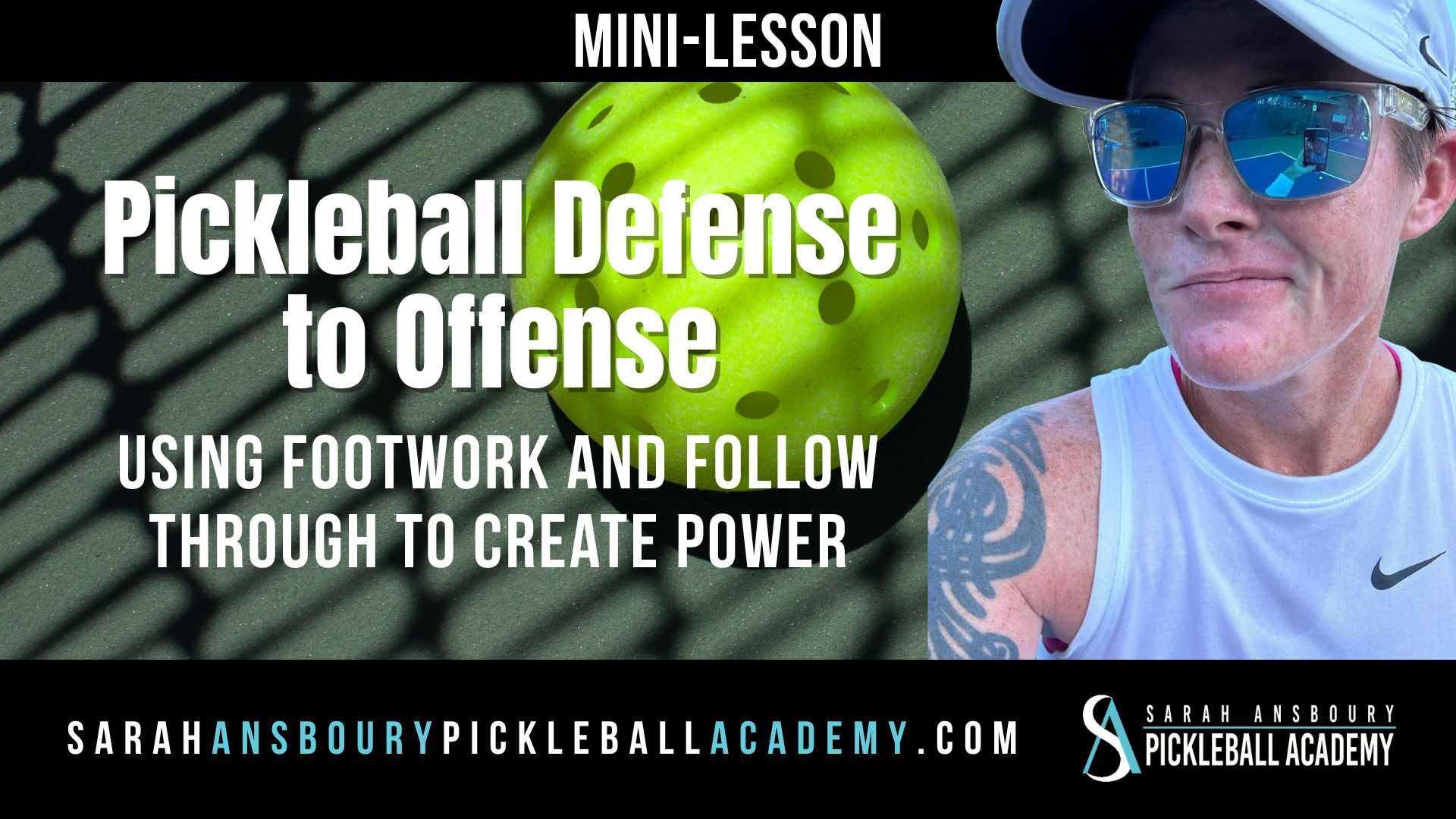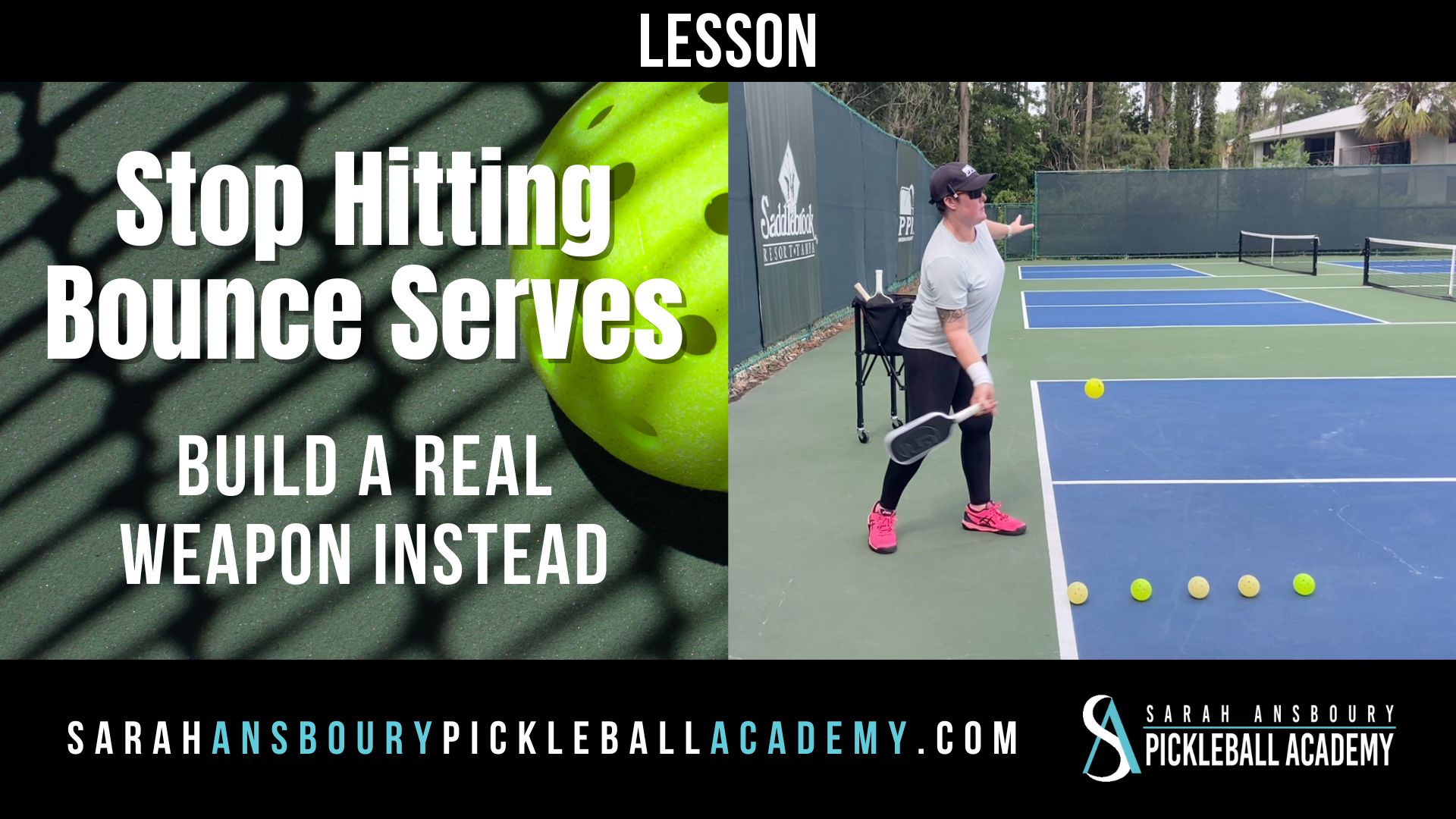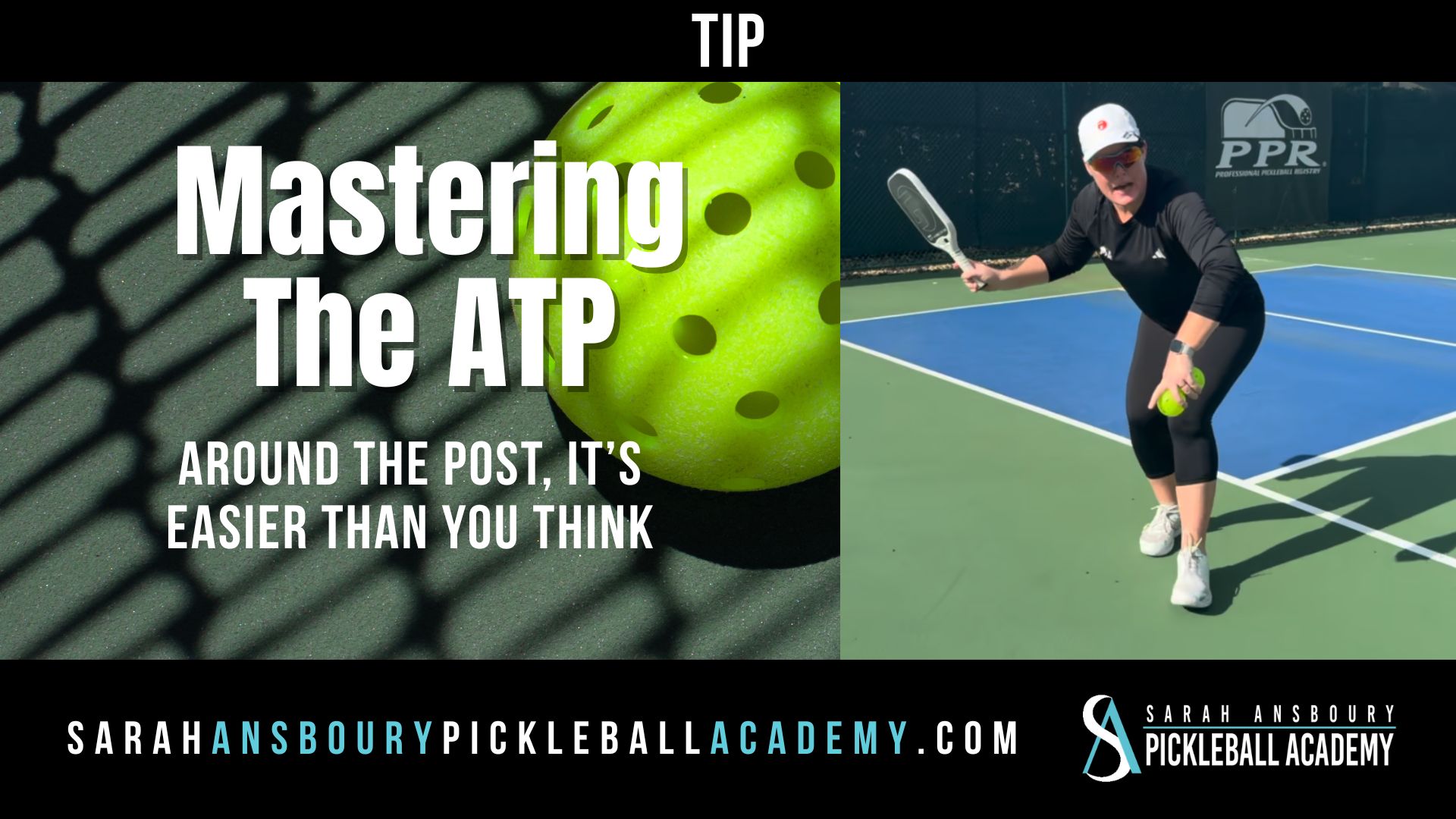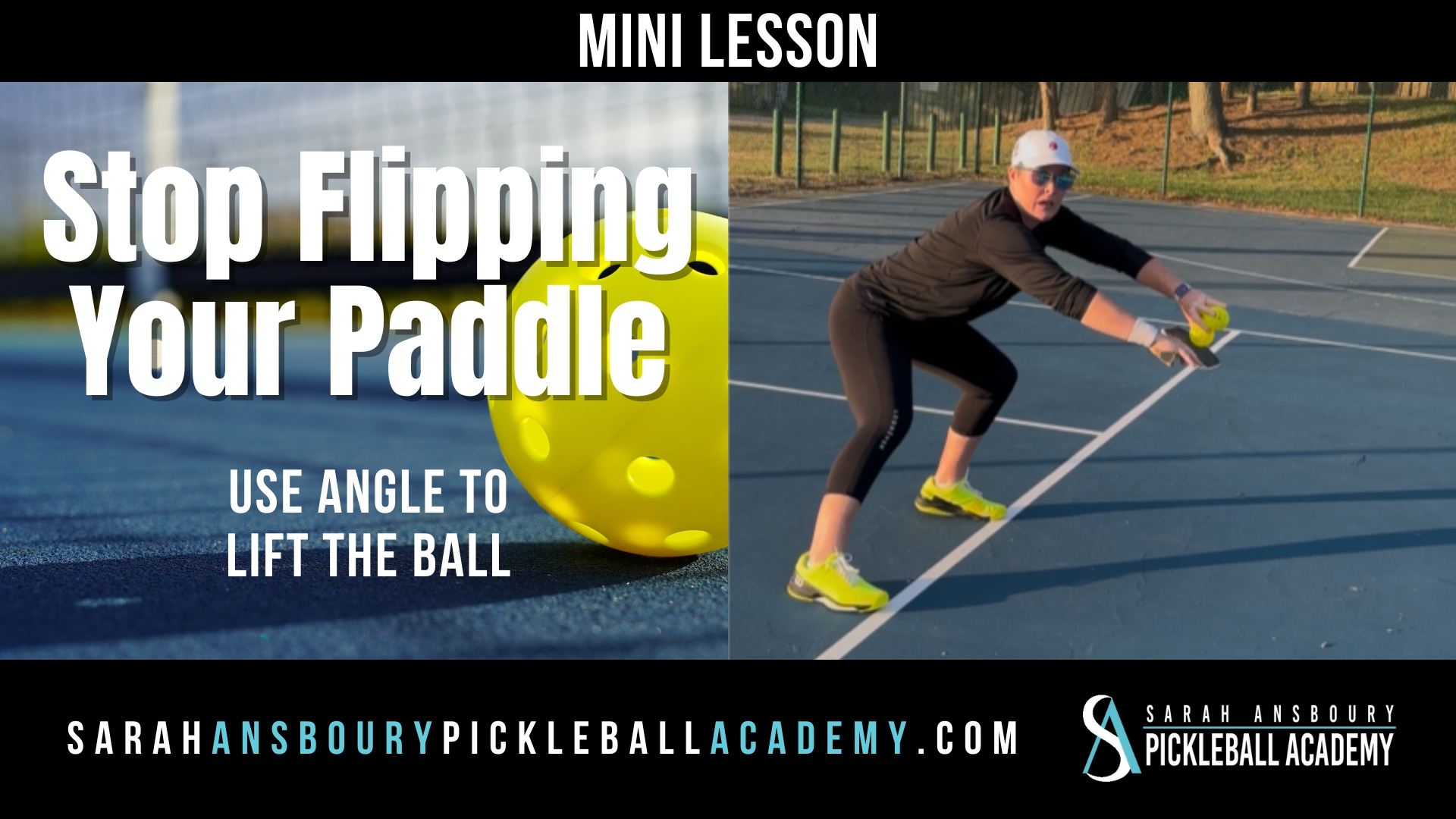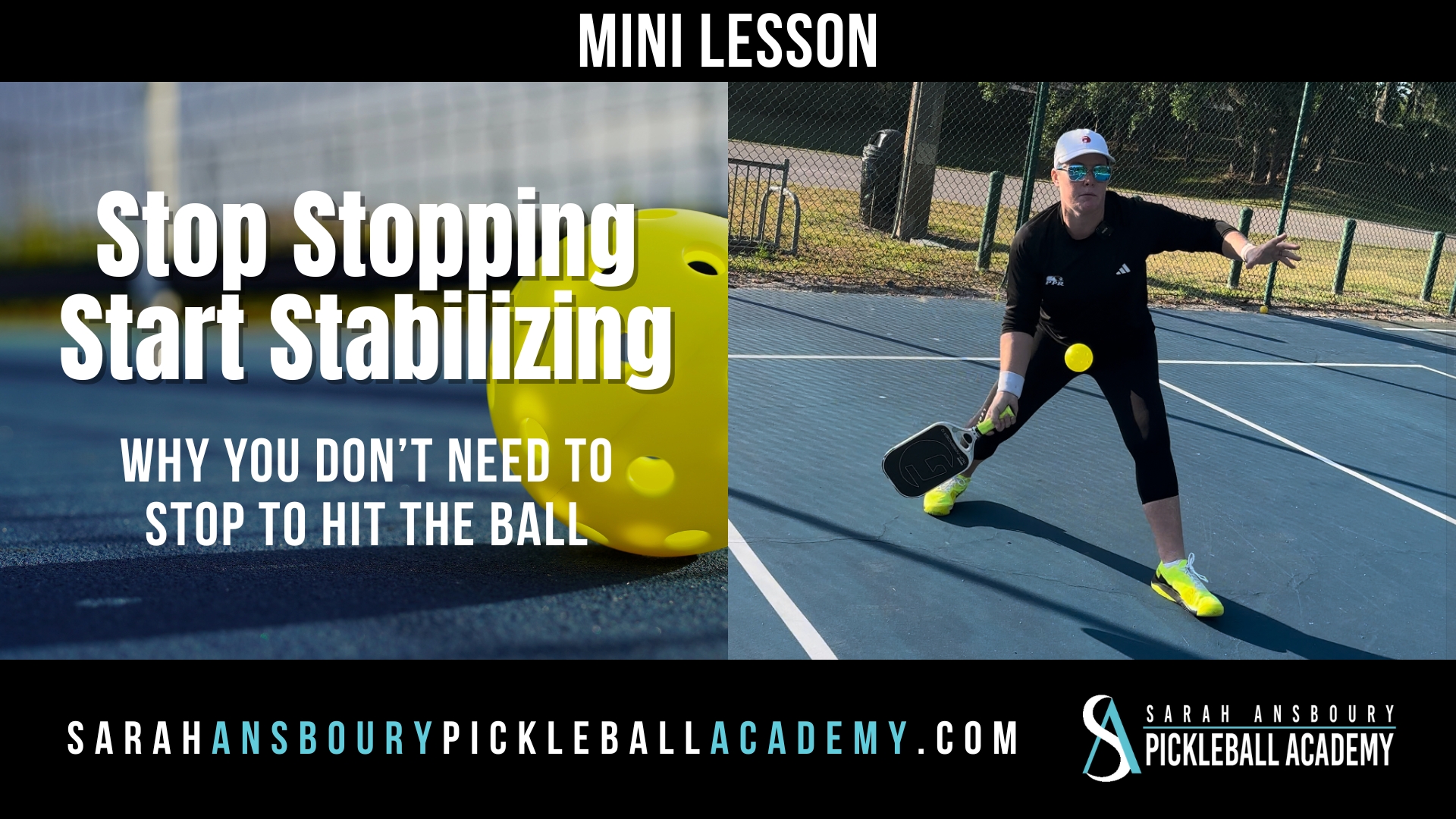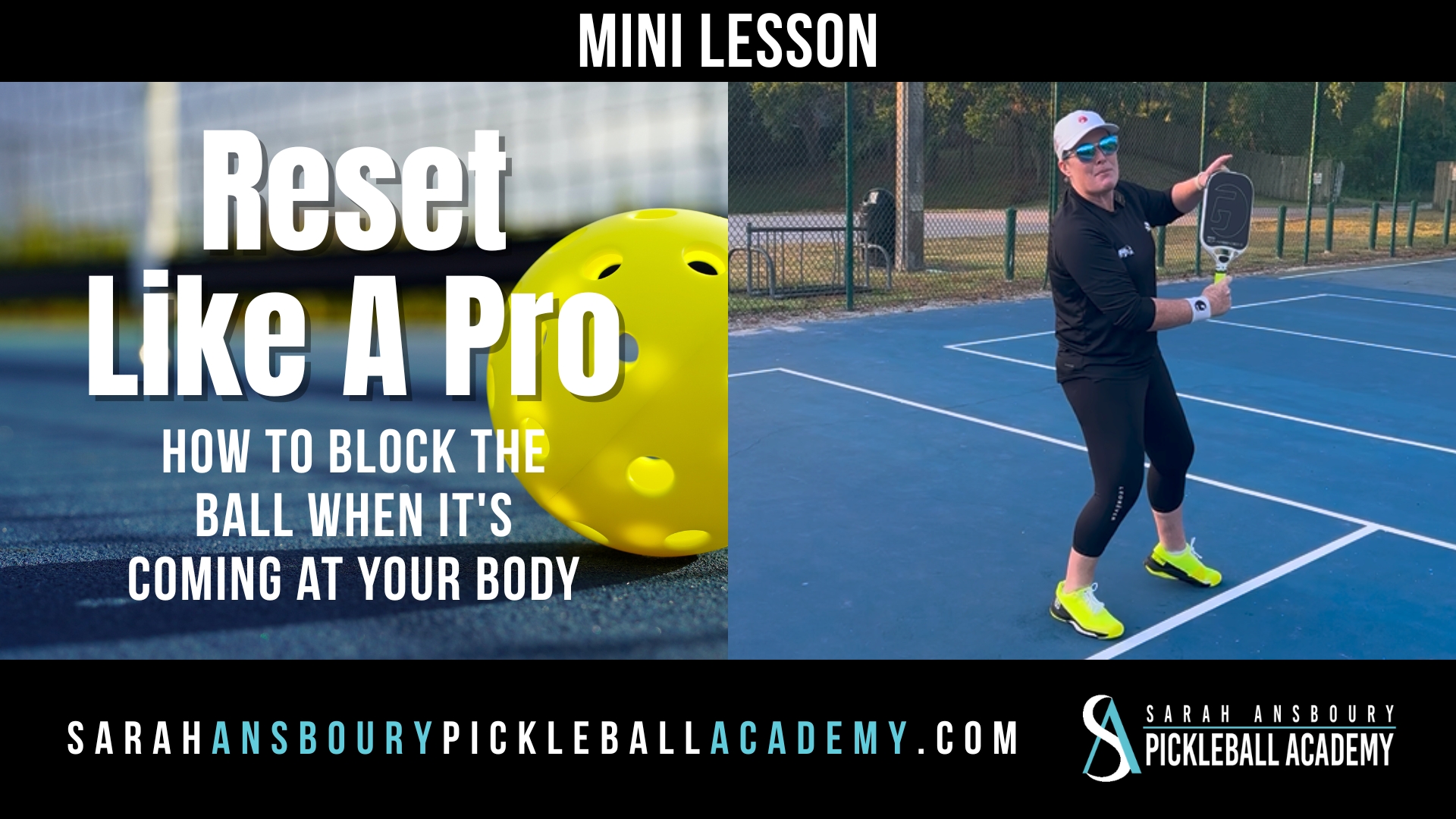I want to address something that I see happening quite frequently on the pickleball court – how we strike those power shots. Whether it’s a high forehand or a high backhand, many players struggle to control these shots, and the ball often ends up in the net or sailing way past the fence. Let’s dive into some key factors and tips to improve your power shots and achieve better results.
One of the common mistakes I observe is the positioning of the non-dominant hand during the shot. If your non-dominant hand is placed too close to the paddle hand and you swing, the paddle naturally tends to go down, leading to mishits. To avoid this, I recommend using your non-dominant hand to protect your chest during the shot. As the ball comes to your right, for instance, lead with your left shoulder. This action will facilitate the rotation of your hips, transfer your weight, and release the energy from your leg, allowing you to move through the shot more effectively.
An easy rule of thumb to remember is that if your paddle finishes above the net, the ball is likely to go over the net as well. Conversely, if your paddle finishes below the net, the ball might end up in the net. So, focus on using your shoulders to create adequate net clearance for your shots. When the ball approaches your left side, lead with your right shoulder, ensuring that your body is turning properly, and your chest is not exposed to your opponent.
It might feel counterintuitive at first, but reaching with the opposite hand can actually get you closer to the ball and improve your shot-making capabilities. Many players tend to pull their elbow when striking the ball, leading to awkward shots and limited power. Instead, aim to keep your shoulders even and your head held high, allowing for a smooth range of motion during your shots. Whether it’s a forehand or a backhand, always remember to lead with your opposite shoulder, maximizing your efficiency and power on the court.
Even when faced with a ball that’s coming right into your body, adapt your shot mechanics accordingly. For a forehand, try to curve your shoulders inward, and for a backhand, focus on proper shoulder rotation. By incorporating these techniques and leading with your shoulders, you’ll notice a significant improvement in your shots, more net clearance, and a broader range of shot options during gameplay.
So, next time you step onto the pickleball court, keep in mind the importance of leading with your shoulders and not just your paddle. This simple adjustment can elevate your game and help you strike powerful and accurate shots consistently. Have fun practicing and incorporating these tips into your play – I’m confident they’ll make a positive impact on your pickleball journey!

